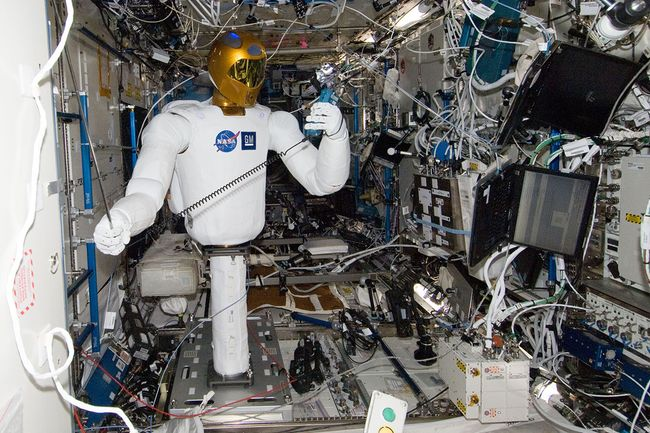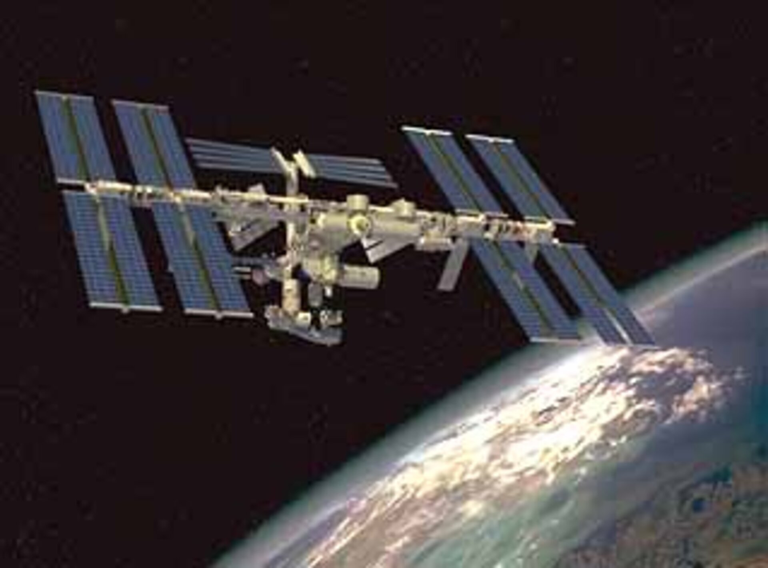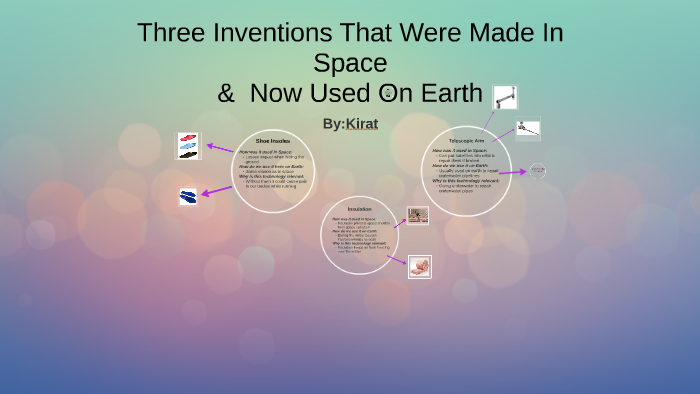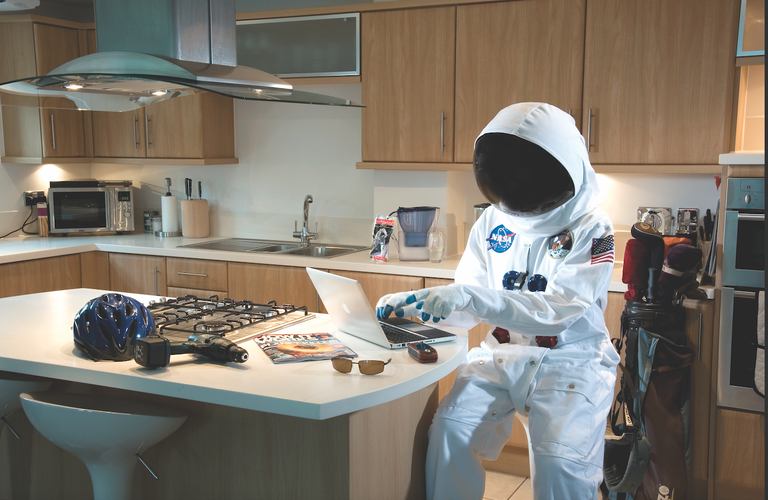Space exploration has not only expanded our understanding of the universe but has also led to numerous innovations that have become integral to our daily lives. The challenges of operating in the harsh environment of space have driven researchers to develop technologies that have found valuable applications on Earth. Here are some of the coolest inventions that originated from space research:
1. Memory Foam
Originally developed by NASA in the 1960s to improve aircraft seating safety, memory foam is known for its ability to absorb pressure and provide comfort. Today, it's widely used in mattresses, pillows, and cushioning materials, enhancing comfort in homes and various industries.
2. CMOS Image Sensors
The invention of Complementary Metal-Oxide Semiconductor (CMOS) image sensors can be traced back to NASA's Jet Propulsion Laboratory. Scientist Eric Fossum developed this technology to miniaturize cameras for interplanetary missions. CMOS sensors are now ubiquitous in digital cameras, including those in smartphones, enabling high-quality imaging in compact devices.
3. Scratch-Resistant Lenses
NASA's research into creating durable materials for space helmets led to the development of scratch-resistant coatings. This technology has been applied to eyeglass lenses, making them more resistant to scratches and extending their lifespan.
4. Freeze-Dried Foods
To ensure astronauts had nutritious and lightweight food options, NASA developed freeze-drying techniques. This process preserves food by removing moisture, reducing weight while retaining nutritional value. Today, freeze-dried foods are popular among campers, hikers, and for emergency preparedness.
5. Portable Cordless Vacuums
The need for a portable drill to extract lunar samples during the Apollo missions led to the development of battery-powered, lightweight devices. This innovation paved the way for the creation of cordless household appliances, including the popular handheld vacuum cleaner.
6. Water Purification Systems
Ensuring a safe water supply for astronauts prompted NASA to develop advanced water filtration systems. These systems have been adapted for use on Earth, providing clean drinking water in areas lacking access to safe water sources.
7. Infrared Ear Thermometers
NASA's advancements in infrared technology, initially intended for measuring the temperature of celestial bodies, have been adapted into medical devices like ear thermometers. These thermometers provide quick and accurate readings, improving patient care in medical settings.
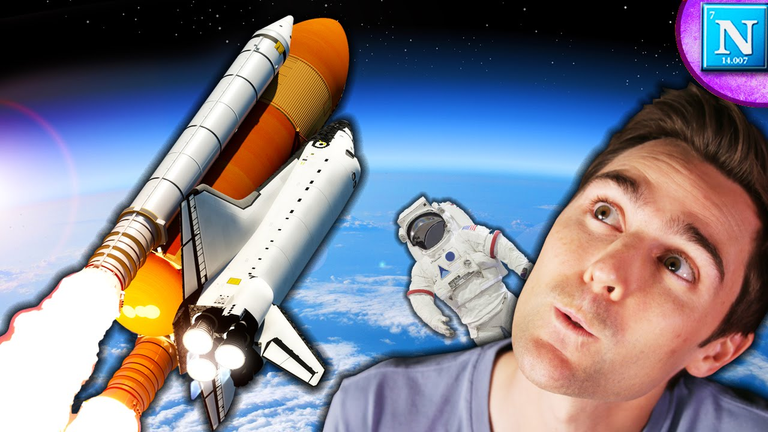
These examples highlight how space research has led to technological advancements that permeate various aspects of our daily lives, underscoring the broader benefits of investing in space exploration.
